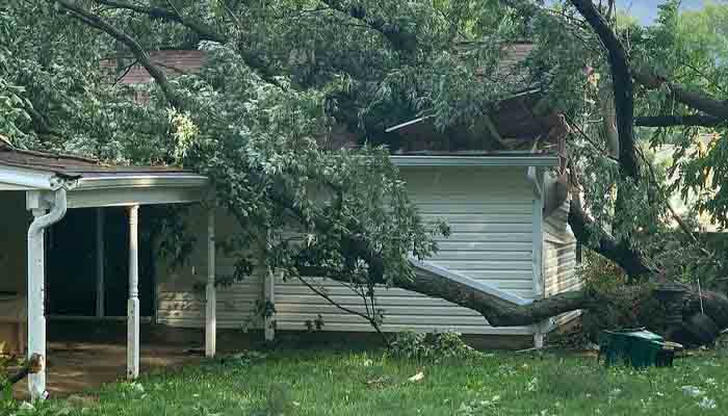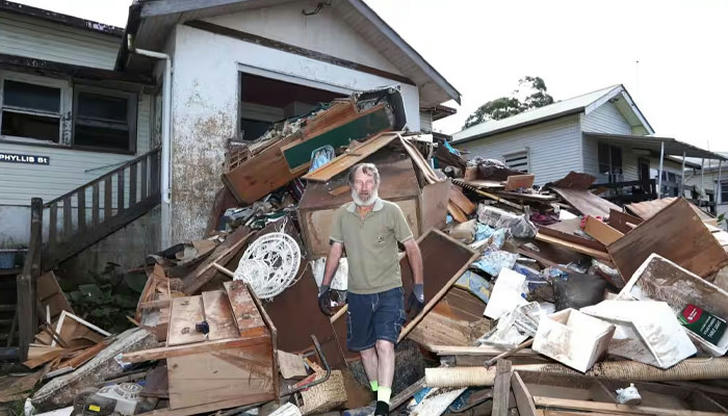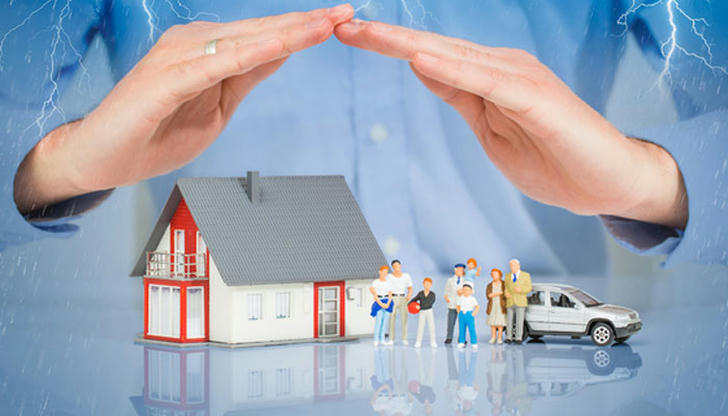Home Insurance 101: What You’re Really Paying For—and How to Pay Less

Your home is likely the most valuable thing you own. But what if a fire, break-in, or storm destroyed it tomorrow? That’s where home insurance steps in—not just because your mortgage lender requires it, but because it can help you recover financially when life throws the unexpected your way. In this guide, we’ll break down what home insurance actually covers, why it costs what it does, and how you can lower your premiums without cutting corners.
1. What Does Home Insurance Actually Cover?

Many people buy home insurance without really knowing what’s inside the policy. Let’s keep it simple—standard home insurance usually includes:
Dwelling coverage – This protects the physical structure of your home (walls, roof, floors) from disasters like fire, windstorms, or vandalism.
Personal property – Covers your belongings such as furniture, clothes, electronics, and even things stolen from your car.
Liability protection – If someone slips on your icy porch and decides to sue, this coverage helps pay for legal fees or medical costs.
Additional living expenses – If your home becomes unlivable due to a covered event, this covers hotel bills or rental costs temporarily.
What’s NOT covered by default?
Many people are surprised to learn that standard policies do not cover floods or earthquakes. These usually require separate policies or add-ons (called “riders”).
2. What Affects Your Home Insurance Cost?

Insurance premiums can vary wildly depending on several factors:
Where you live – High-crime or disaster-prone areas (like wildfire zones or hurricane regions) cost more to insure.
Your home’s age and build – Older homes or those built with materials that are harder to repair will usually cost more to cover.
The value of your home and belongings – The more it costs to rebuild or replace your items, the higher your premium.
Your deductible – This is the amount you pay out-of-pocket before insurance kicks in. Higher deductibles mean lower monthly premiums, but more upfront costs if you file a claim.
Security features – Smoke detectors, deadbolts, burglar alarms, and sprinkler systems may earn you a discount.
Real-life example: A 10-year-old house in a low-crime suburb with smoke detectors and a $1,000 deductible may cost around $900/year. That same house in a hurricane-prone area with no security upgrades might cost double.
3. Simple Ways to Lower Your Premiums

You don’t have to compromise coverage to save money. Try these tips:
Bundle policies – Combine home and auto insurance with the same company for a multi-policy discount.
Raise your deductible – If you can afford to pay a bit more upfront in case of a claim, this can significantly lower your monthly cost.
Install safety devices – Security systems, smart smoke detectors, and even storm shutters can reduce your premium.
Shop around – Get quotes from at least 3 different providers. Rates and coverage can vary more than you’d think.
Review annually – Update your policy as your home value or belongings change. You might be paying for coverage you no longer need—or not enough.
4. Common Mistakes to Avoid

Assuming flood or earthquake damage is covered. It’s not. If you live in a high-risk zone, ask your insurer about add-ons.
Underestimating the value of your belongings. Do a quick home inventory—many people own more than they think.
Choosing actual cash value instead of replacement cost. Some policies only pay for the depreciated value of items, not what it would cost to buy new ones. Replacement cost coverage is a little pricier but far more helpful when you need to replace things like electronics, appliances, or furniture.
Letting your coverage stay the same for years. Inflation and renovation costs go up. If your policy doesn’t keep up, you could be left short when it matters most.
5. Bonus Tips to Stay Protected

Take photos or videos of your home’s contents—it helps speed up claims.
Keep receipts for big purchases—especially electronics, jewelry, or appliances.
Ask about discounts—some insurers give breaks for being claim-free, retired, or part of certain organizations.
Stay alert to local risks—If hurricanes, wildfires, or flooding become more common in your area, review your coverage accordingly.
Conclusion: Protecting What Matters Most

Home insurance may feel like just another bill, but when disaster strikes, it can be the difference between rebuilding your life—or starting from scratch. The key is knowing what your policy covers, understanding what you’re paying for, and taking smart steps to protect your home. A few small changes—like upgrading your locks, raising your deductible, or comparing quotes—can lead to major savings and greater peace of mind.
Don’t wait for an emergency to find out you’re not fully covered. Take an hour this week to review your policy, ask questions, and make sure your home is truly protected.
